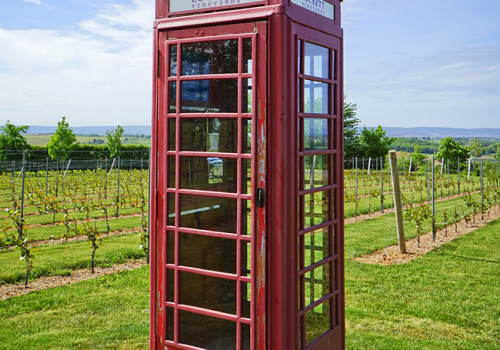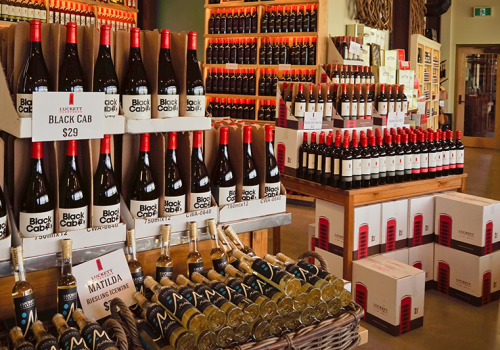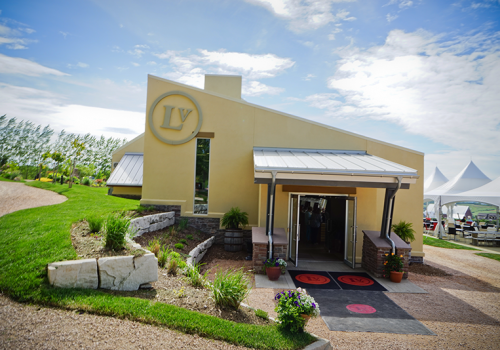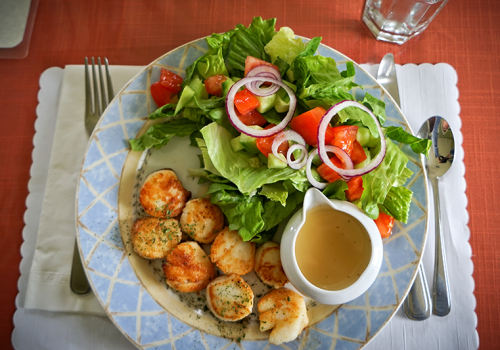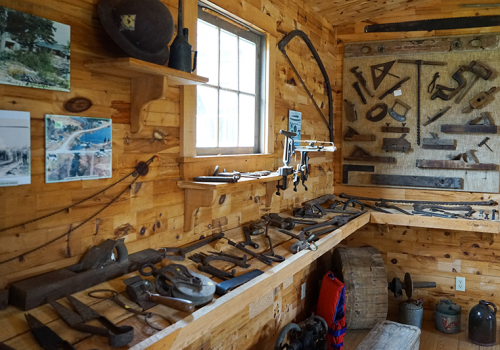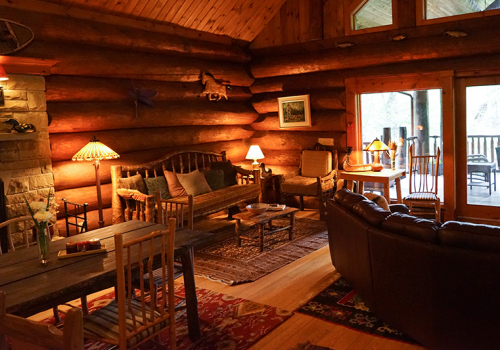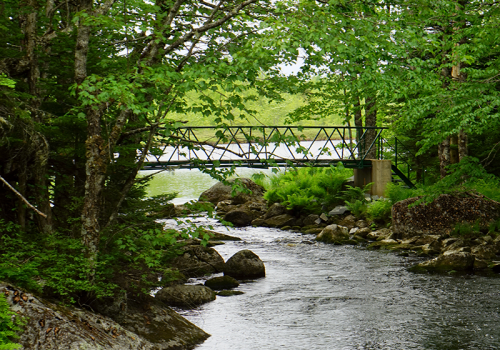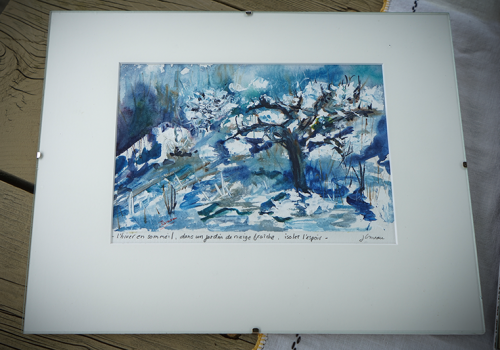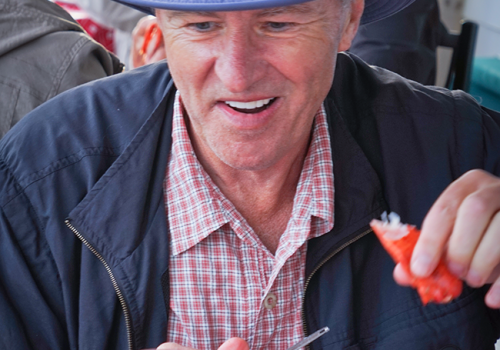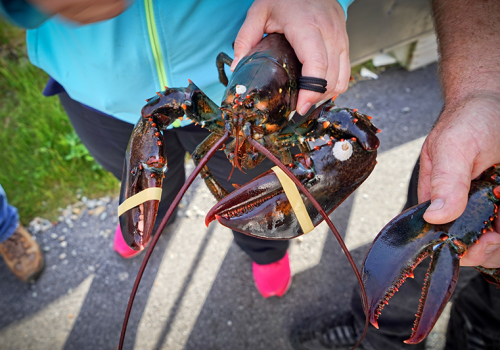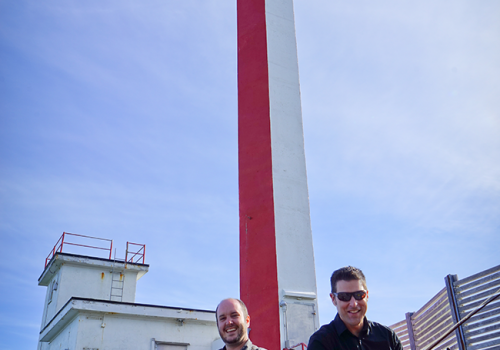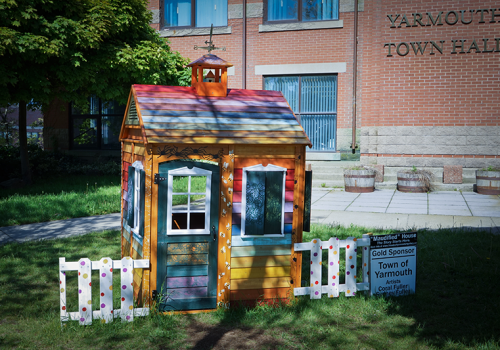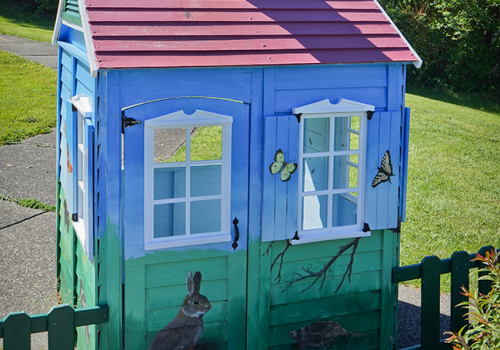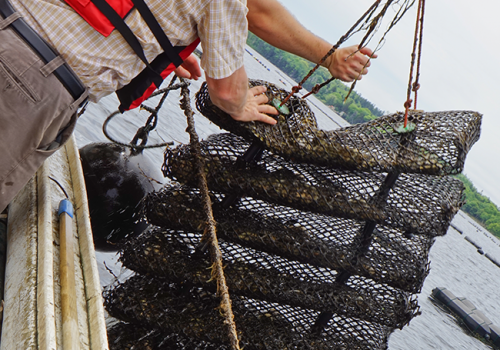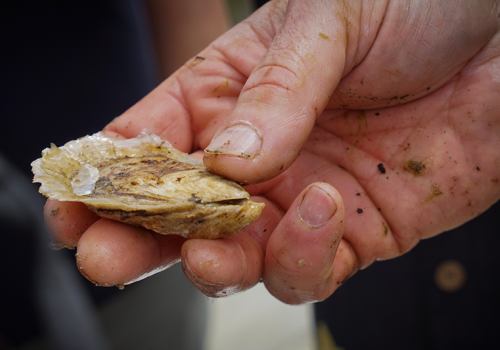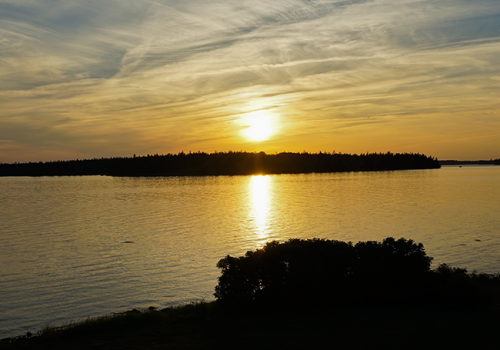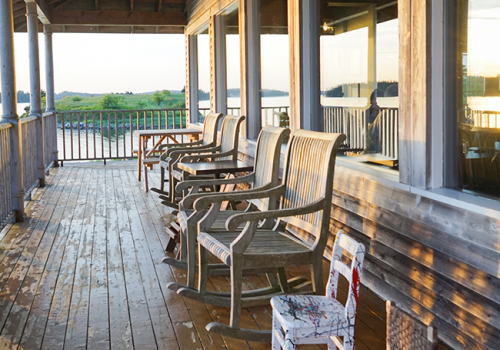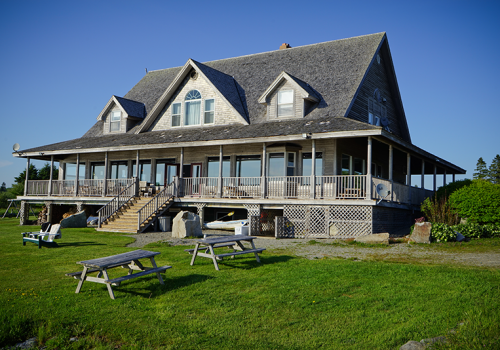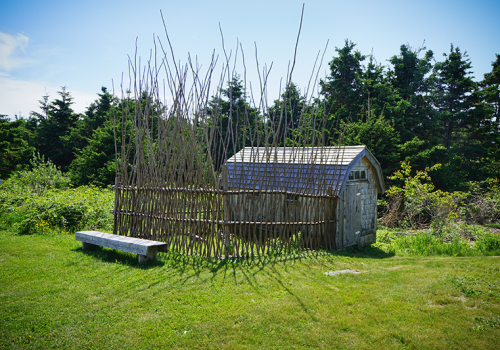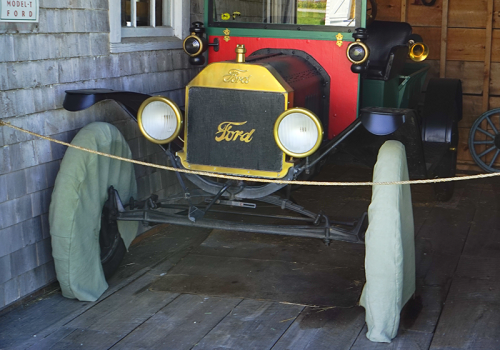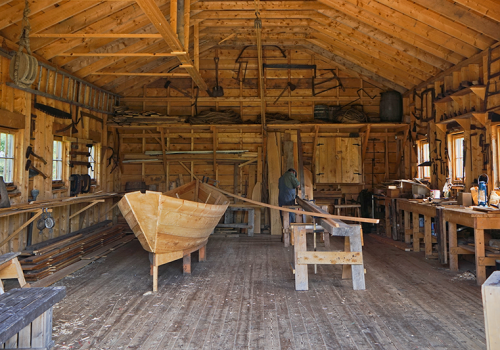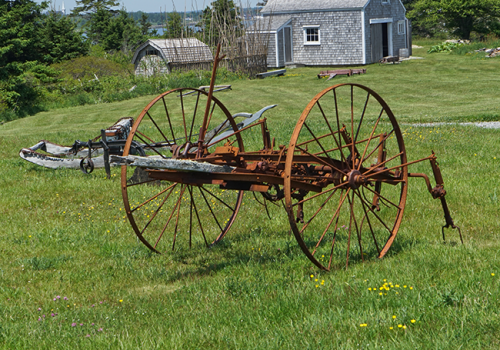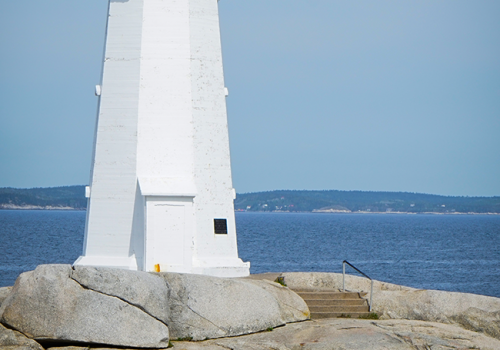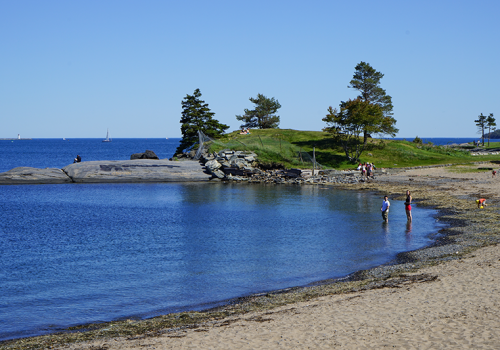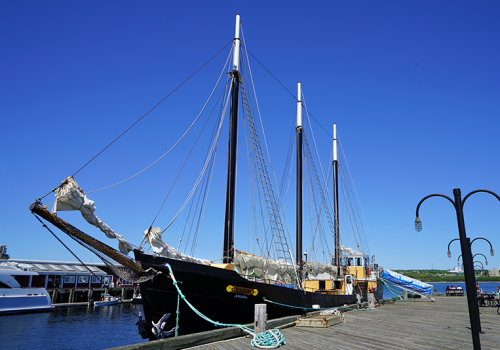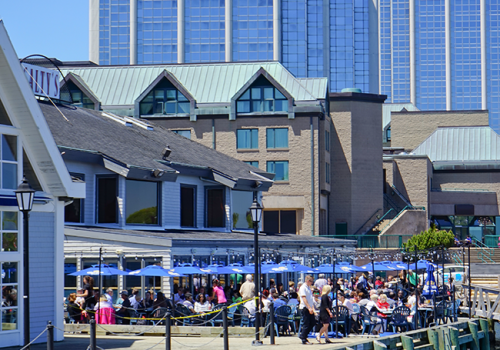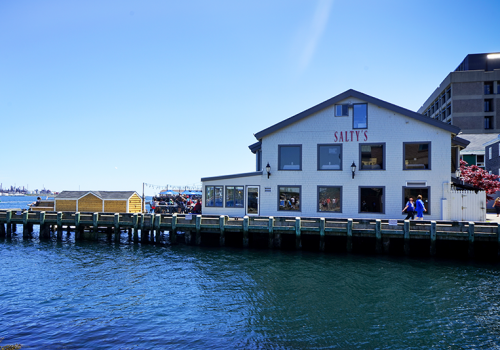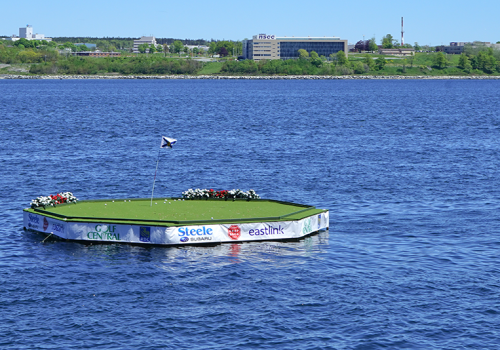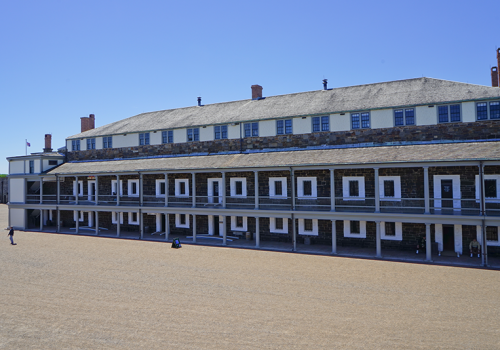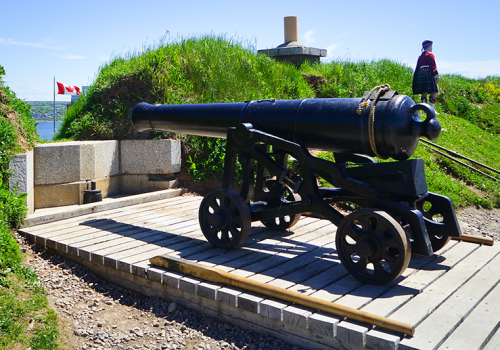Nova Scotia Joy Ride
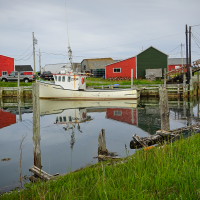
Nova Scotia Joy Ride
Story by Terry Tremaine
Photos by Connie Ekelund
Having been born in Halifax, given the opportunity to return was truly a treat — and how it had changed. When I was young, the port was just that; a merchant and naval port, not a tourist destination. Now there are board walks by the water lined with many businesses existing solely to cater to tourists. It’s a pleasure to wander along. Plus, there are now historic plaques providing information on what’s seen. Considering that the Halifax Citadel, built in 1749, is the oldest British fort in Canada, there is a lot to be presented. I had a true eye-opener whilst reading one plaque describing what I always understood was an old island fort, seen in the middle of the harbour, now termed an Acadian detention centre. I was shocked. Even in school we had not been taught anything about what had happened to the Acadians. This trip would provide a true understanding of what really went on. For we were on our way to a “Joy Ride” along the east coast south to Yarmouth and gaining along the way an understanding of the impact the Acadians had on the province in the past and continue to have today.
First though, we spent a night at the Westin Nova Scotia situated near the harbour allowing easy walking access to all the sights the harbour had to offer. Staying at the Westin also offers easy access to the Citadel. The Citadel sports the 1803 Clock Tower that still points to the appropriate time, and at noon a gun continues to be fired every day.
Heading down the road, Peggys Cove is very close to Halifax. This picturesque small fishing village is home to Peggys Point Lighthouse which I would suggest is the most photographed light house in the world. A little further along is Lunenburg, a UNESCO World Heritage Site and the home of the Bluenose, the fastest sailing ship in its day and the reason why Nova Scotians are called “Bluenosers” today.
But our objective for that day was Le Village historique acadien de la Nouvelle-Ecosse (Historical Acadian Village of Nova Scotia). This seaside village dates from the early 1900s but was originally founded in 1653, and is the oldest Acadian region still home to descendents of the founder. Here you can learn what life was like for its residents of the time. You also will gain an appreciation for the Acadian culture and language which continues to be part of everyday life today. Emphasis is placed on introducing visitors to the daily lives of Acadians. Girls were taught skills such as cooking, sewing and making butter, while boys learned woodworking, tying knots and building lobster traps; plus of course planting the garden.Our lodging for the day was the nearby Ye Old Argyler Lodge. This luxury bed and breakfast lodge has just five rooms and is situated on Lobster Bay. It’s dining room however has room for 80 guests to enjoy commendable dining with gorgeous views of the islands and stunning sunsets. We also took the opportunity to go on a very enjoyable guided kayaking tour of the bay.
From here we headed to Ste. Anne du Ruisseau to visit Eel Lake Oyster Farm, home of the “Ruisseau” oyster. Owner Nolan D’Eon took us on a boat tour to gain insight into the oyster habitat and how they are harvested which was followed of course with the opportunity to taste these freshly harvested taste treats. But most interesting was hearing how Nolan had been a lobster fisherman; but hated it. He described it as back-breaking work on a cold nasty ocean. (As a kid growing up in Nova Scotia I knew that just about every family had lost a member to the North Atlantic.) So when he saw the opportunity to continue to reside in a region he really enjoyed, he became an oyster farmer. In my judgement he is a very good one.
Back on the road we continued on our way to Yarmouth at the south western end of Nova Scotia. Along the way there are a number of attractions worth a look. First up is the Wedgewood Sport Tuna Fishing Museum, which opened in 1996 in Lower Wedgewood, known as the Tuna Capital of the World. The museum focuses on tuna sport fishing and local Acadian history.
Eglise Ste-Anne Church, located in Ste. Anne du Ruisseau, is the oldest Acadian Parish on mainland Nova Scotia. Acadians returning from exile in 1767 built the first small chapel on this location. After a fire destroyed the chapel in 1900 it was replaced with the current structure.
The Argyle Historical Baptist Church is the third church to be built on this site in 1877. The area was settled by New England planters; fieldstones in the graveyard date back to 1762. Also in Argyle is the Argyle Township Court House, the oldest standing courthouse in Canada, and a National Historic Site, dating back to 1805.
Our lodging in Yarmouth, located in the Historic District, was the MacKinnon Cann Inn. The guestrooms highlight 70 years of interior design, starting from the 1900s to the 1960s, while providing all the modern amenities one could ask for. Dining at the inn is an excellent experience as a result of Chef Michael and his policy of bringing local farm fresh produce, meats and, of course, fresh seafood to the table.
Yarmouth has a long history and there are a number of sights well worth a visit. The Lawrence Sweeney Fisheries Museum is totally interactive, providing a hands-on opportunity to experience a traditional fishing wharf, complete with fishing, processing and ship repair sheds. There is even a coastal freighter where you can stand in the wheelhouse and imagine you are its captain heading with cargo to the Caribbean.
The award-winning Yarmouth County Museum, housed in a historic church, has over 20,000 artifacts that document Yarmouth County heritage.
The Firefighters’ Museum of Nova Scotia provides insight into the types of fire engines used from the 1800s to 1930. There’s even Canada’s oldest horse-drawn steam engine — an 1863 Amoskeag Steamer.
An Heritage Properties Walking Tour is offered along the oldest streets in Yarmouth. Many of the Heritage Properties are testament to the golden age of sail.
For a real insight into how significant the fishery is to this region a tour of IMO Foods Ltd. is an excellent eye-opener. Opened in 1968, the location was chosen due to its proximity to the herring rich waters of the Bay of Fundy and the coastal waters of the Atlantic. They produce canned herring, sardines and mackerel for many worldwide brands that you would likely recognize; as well as their own Kersen brand.
The plant is located near the wharf ensuring a steady supply of quality fillets. This is a large capacity plant. The cold storage facility alone can hold two million pounds. It’s surprising to what a large extent the plant is automated utilizing what best can be described as assembly lines for the various products being processed. Their highest volume product is naturally smoked herring. If you haven’t already tried them, once sampled at the plant you’ll likely be looking for them on your local grocery store shelf.
A short drive out of Yarmouth brings you to Cape Forchu Lightstation positioned on the opposite side of the harbour. By 1870 Yarmouth was the second largest port of entry in Canada and the lighthouse was built in 1839 with a light and shortly thereafter a fog horn. The property is now a registered Heritage property of the Province of Nova Scotia.
The original living room of the light keeper now serves as the Mug Up Tea Room. The term ‘mug up’ comes from the 1800s and is how residents of coastal communities referred to any snack or coffee break. Cook Gail prepares the food served from scratch for the 20 seat dining room.
Surrounding the lighthouse is a 19 acre park with walking paths. The Leif Ericson Park rests at the southern tip. A wander around provides excellent views of the harbour and surrounding areas. It’s all extraordinarily scenic and well worth a visit.
As we headed north of Yarmouth we came to Sandford, a quaint little fishing village. The principal attraction here is the smallest working drawbridge in the world. It was built to enable crossing from one side of the wharf to the other without having to go out to the road and around.
A little further along in Metegan is the June Deveau Galerie Studio. Acadian artist June Deveau, an accomplished artist, provides a unique experience in addition to visiting her studio. She offers a tour entitled “Inspiration to Creation” where she guides visitors to various scenic locations where Acadian culture is explored along with various art forms. The experience includes creating a personal artistic keepsake.
Our final destination for that day was Trout Point Lodge in East Kemptville. This Canadian wilderness getaway property, situated in the middle of the Tobeatic Wilderness, is Atlantic Canada’s only member of Small Luxury Hotels of the World. It is definitely a superb eco destination. Every room and cottage boasts stunning river views. The outdoors beckons with canoeing, kayaking, forest bathing, hiking trails, nature walks and star gazing. Plus there is an outdoor barrel sauna and a wood-fired hot tub.Dining is superb as well, with meals prepared from produce selected from extensive on-site gardens complimented with the freshest in seafood and meats. There is an award winning 170 plus wine list. This property is worth a trip just for the experience it provides.
From Trout Point Lodge we headed to Rendez Vous de la Baie Visitor Centre located on the campus of Universite de Sainte-Anne, in Church Point. While taking us through the interpretive panels that outline the history and culture of the Acadians, it was obvious our guide was much effected. When he related the history of the expulsion of the Acadians from Nova Scotia, with some hiding in the woods and others walking back from Louisiana, he had to stop and calm himself before continuing.
Later he took us on a guided tour along “la Baie Sainte Marie” which included a visit to the largest wooden church in North America and a visit to “Smugglers Cove” with a cave frequented by rum runners.
The trip along the south west coast of Nova Scotia was truly a window into the Acadian experience and culture. It’s remarkably surprising how well their language and culture continues to be so prominent in these communities.
Venturing back to Halifax and the Delta Barrington, an excellent property situated in the city’s heart, we were able to pass through some of the newly established wineries the Annapolis Valley now boasts. It’s no longer just Macintosh apples.
Our final treat was dinner at the Five Fishermen Restaurant housed in a Heritage building dating from the 1800s. The building originally was the first school in Canada to offer a free education. Then it became the Halifax Victorian School of Fine Art and later a mortuary which played a significant part in the Titanic disaster. Today the dining experience is superb.
A trip along the coast is truly scenic, offering unique views of rock and vegetation and the gorgeous sight of the North Atlantic Ocean. As one of the first areas settled by Europeans there is an amazing amount of history. This was definitely a different and very pleasant trip, proving you don’t always have to leave the country to experience interesting and luxurious travel. n


